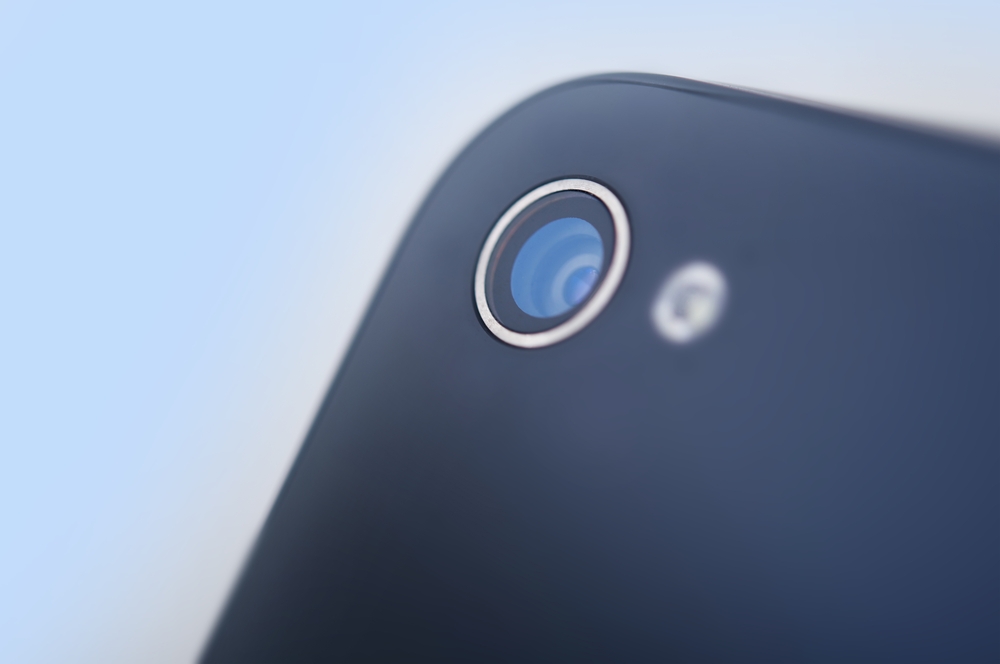The rapid increase is resolution and quality of smartphone cameras in recent years is opening up new possibilities for criminals.
The BBC reports that a Japanese pop star was attacked outside her home after her stalker was able to examine the reflections in her eyes in multiple social media images and identify the street where she lived and the closest train station from those reflections with the help of Google Street View.
The Zoom Enhance trope has long been ridiculed by cyber security professionals when it turns up in TV or Movies. However the reality is suddenly here – at least for the Zoom – that there could easily be information leakage useful to social engineers in photographs taken in or near your business. From faking staff security passes, to duplicating keys left on desks or revealing secret locations in reflections, the high-resolution images created by modern smartphones are capturing way more information than we realise.
Ways Security Managers can guard against information leakage
- Ban smartphones and cameras from areas where sensitive data is processed. A photograph of a computer screen is an easy and effective way to copy dozens of records at a time.
- Ensure photographs shared on social media channels have the meta-data removed that would identify the location of your premises and the date and time the image was created
- Ensure staff do not wear their security passes in photographs
- Check what can be seen in the background of photographs. Consider: whiteboards with project plans or commercial forecasts on them, computer screens with open documents, papers on tables and even keys on desks.
Think twice before you post that photo of the team on LinkedIN.



















“We were very impressed with the service, I will say, the vulnerability found was one our previous organisation had not picked up, which does make you wonder if anything else was missed.”
Aim Ltd Chief Technology Officer (CTO)